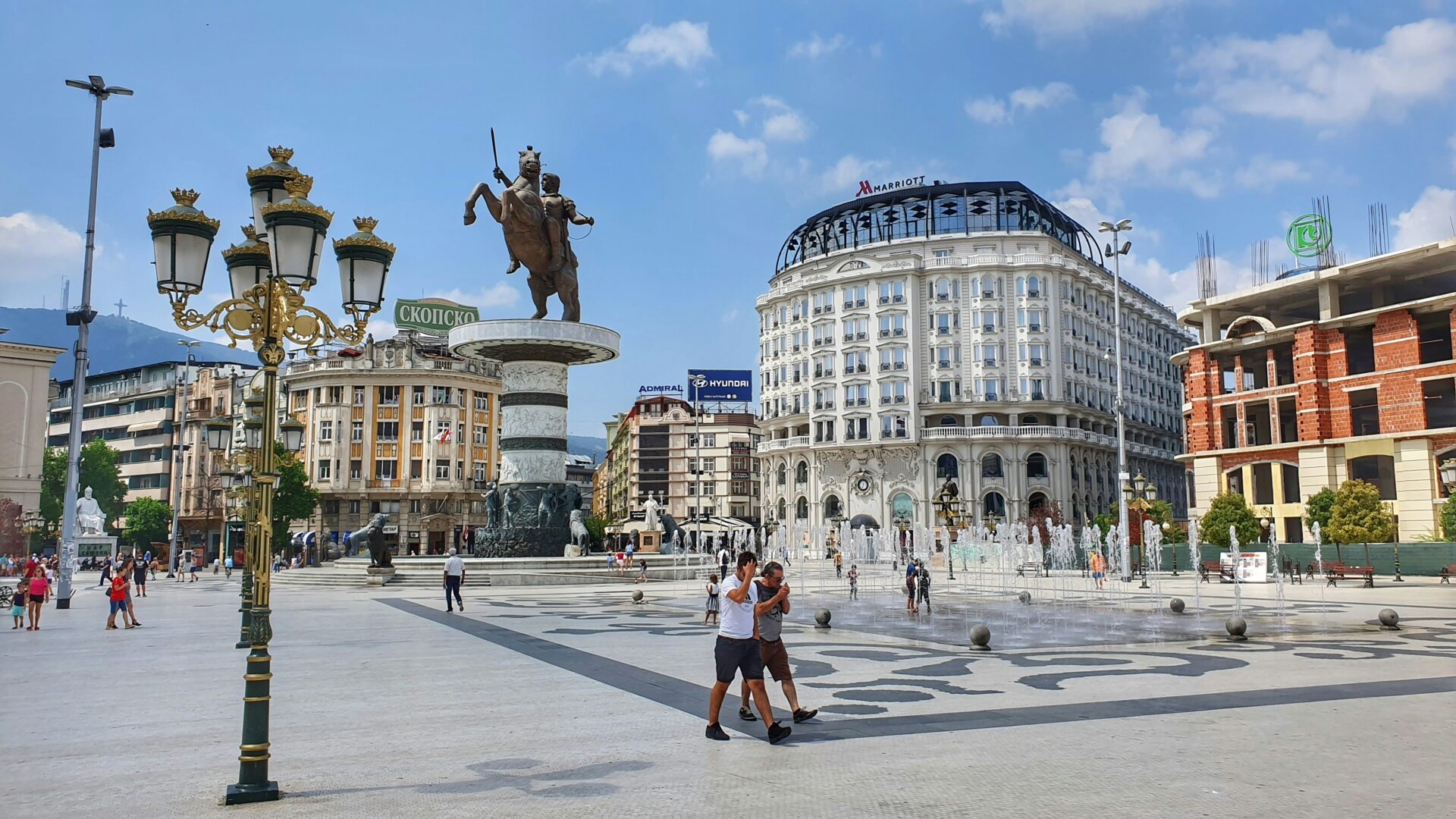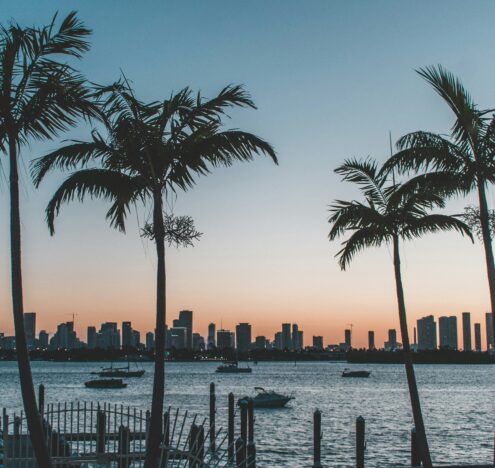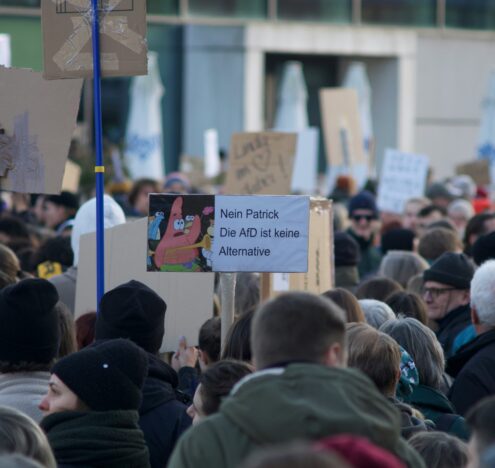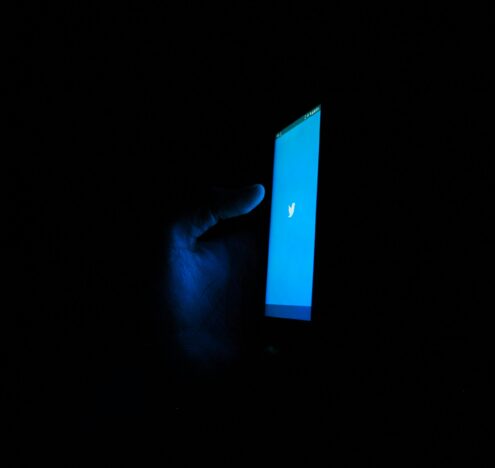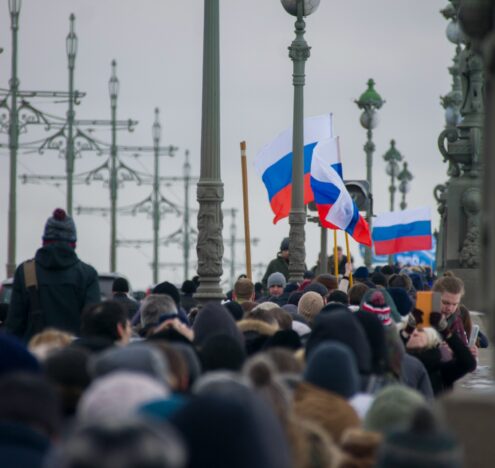As the saying goes, “Rome wasn’t built in a day.” But how much did the sense of security of the empire that was Rome have to do with the actual buildings? That question — the relationship between the material environment and the feeling of state security, and how public architecture is used to shape and defend a state’s sense of self — is at the core of a new paper in Millennium: Journal of International Studies.
Rather than looking at ancient Rome, however, authors Christopher M. Jackson and Jelena Subotic consider the case of “Skopje 2014,” an ambitious architectural project by the government of what was then known as Macedonia (now North Macedonia).
The project, which began in 2010, was meant to give the capital city of Skopje a neo-classical look, complete with new government buildings, museums, bridges, and over 20 new statues of national figures — but instead produced political conflict and “further removed Macedonia from the European cultural space it so much desired.”
“Counterfeiting” National History
The point of the project, per the authors, was to cast off the visual legacies of Ottoman and communist rule and to connect modern Macedonia to “to ancient Greece, Byzantine Christianity and revolutionary nationalism” — in other words, to Western Europe.
But experts of architecture and urban design lambasted the project for “fakeness” and for “counterfeiting” national history. Paradoxically, given that the project was intended at least in part to separate the city from its communist past, the project resembled others of architectural excess in the post-communist region.
Paradoxically, given that the project was intended at least in part to separate the city from its communist past, the project resembled others of architectural excess in the post-communist region.
There were even political ramifications, since the Greek government took the project as a provocation and “doubled down” on its refusal to recognize the country as Macedonia, a name it said belonged only to Greek history and culture, which in turn stalled the country’s EU and NATO accession.
The authors assert that their research demonstrates that public architecture has a significant role to play in building a secure state identity. It can, as a physically durable, tangible element, offer continuity. But it can also build, along with opera houses and statues and bridges, borders and exclusion, and lead to domestic anxiety.
Creating More Insecurity
Attempts at building security can, under the right (or wrong) conditions, actually create more insecurity (for example, in focusing on forging this national identity for Macedonian Slavs, the country’s Albanian minority was excluded. Also, in drawing on as many different histories as they did, those behind the project reinforced narrative incoherence).
The authors also look at both the domestic and the international elements of the question. Trying to resolve ontological insecurity in the international arena, they write, can have domestic consequences.
As in the case of confederate statues in the United States, and perhaps particularly in other countries that are, as Macedonia was, in transition, public architecture in Skopje elicited responses that got to the very core of how a state sees itself. Fights over public architecture are thus as heated and contested as they are because people are not only fighting over the style of a museum or a monument, but over what their state is — and, by extension, who and how they themselves to be.














